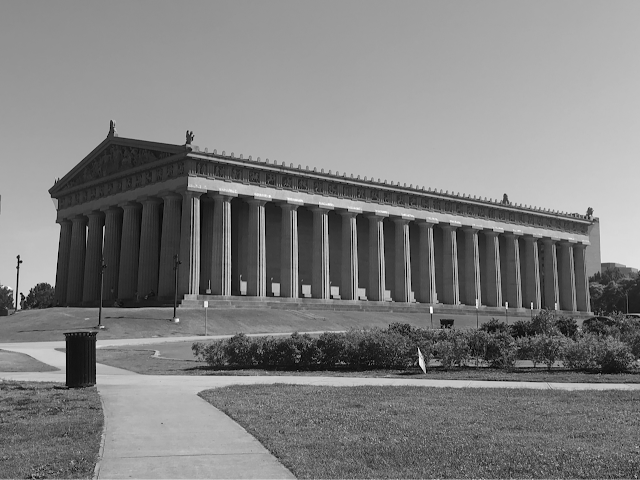In 1885, Greek archaeologist Panagiotis Kavvadias began one of the most extensive excavations ever conducted around the Parthenon. Among the remarkable findings was something entirely unexpected: a vast underground structure directly beneath the ancient temple—something no one had known existed until that day.
What he uncovered was a massive stylobate, a foundational platform made up of hundreds of carefully carved limestone blocks, each measuring approximately 77 by 32 meters.
Archaeologists later confirmed that this monumental base had actually been built before the Parthenon itself. But what existed on the Acropolis before the iconic temple we know today? And how has this ancient foundation created a natural seismic buffer that has protected the Parthenon for millennia?
The Temple That Preceded the Parthenon
Research revealed that this foundation was originally constructed for the Pre-Parthenon—a temple that stood on the Acropolis before the Parthenon. Construction is believed to have begun shortly after the Battle of Marathon (490–488 BCE), when the southern part of the hill was leveled to make way for the new structure.
However, in 480 BCE, before the temple could be completed, Persian forces invaded Athens and destroyed the Acropolis, including everything built upon it.
Amazingly, what remained almost entirely untouched was the stylobate—the limestone foundation beneath the destroyed temple. Years later, the Athenians chose to reuse this very foundation to construct the Parthenon, much of which still stands proudly to this day.
What Makes This Structure So Earthquake-Resistant?
Archaeologists discovered that the limestone blocks were laid side by side in 22 interlocking layers, stacked precisely up to the level of the temple’s marble platform (crepidoma). This method of construction, combined with the materials used, created an incredibly dense and cohesive mass that has remained intact for thousands of years.
They were also astounded by the depth of the structure, which in some areas reaches up to 11 meters. Moreover, the newer Parthenon temple, being wider and shorter than its predecessor, helped further stabilize the structure—resulting in a natural seismic shield that has protected the Parthenon from significant earthquake damage over the centuries.
What seems like a marvel of modern engineering is, in fact, the legacy of ancient ingenuity. The Athenians may not have had today’s scientific understanding of earthquakes, but they clearly knew a thing or two about building to last.






